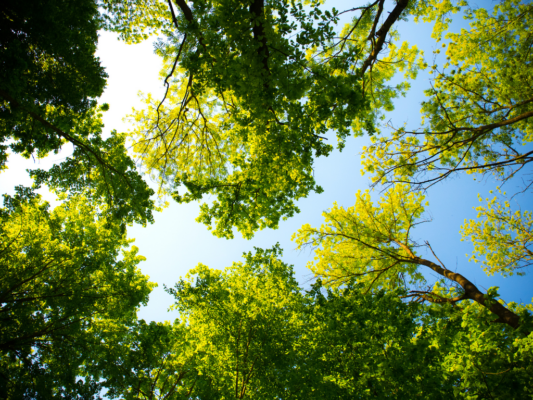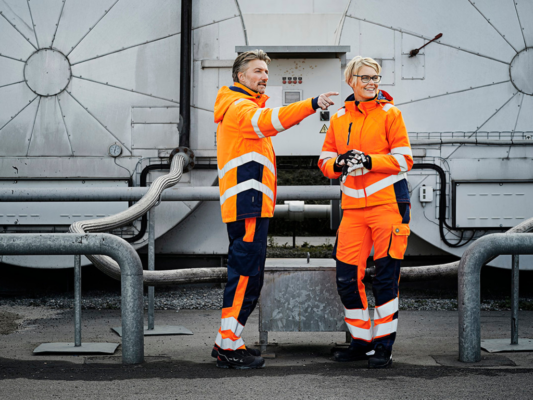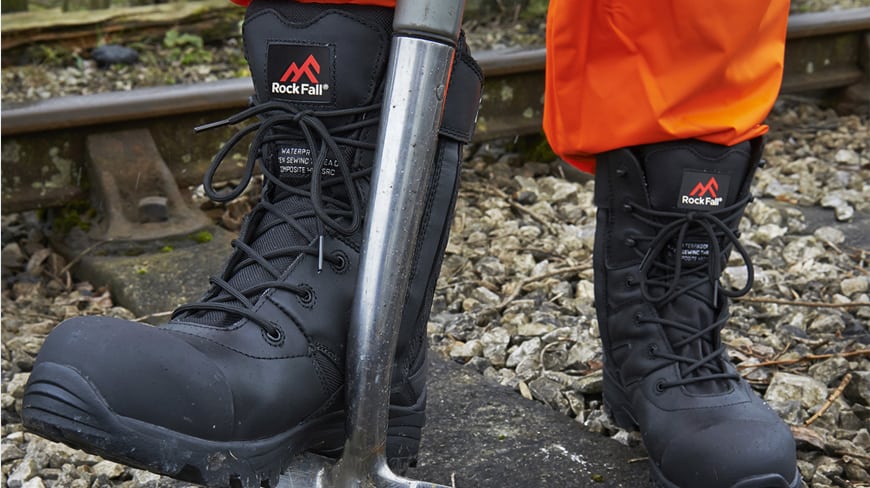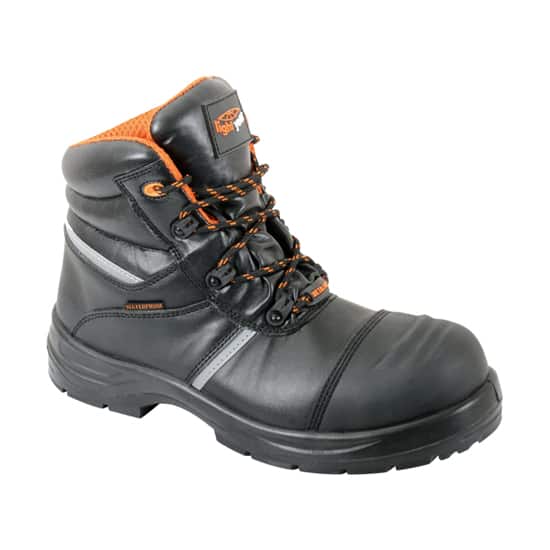No products in the basket.
Ladies Safety Footwear, Ladies Workwear and PPE, Safety Footwear
The Ultimate Guide to Safety Footwear
What is safety footwear?
Safety footwear has been designed to protect your feet from any hazards or obstacles you might face at work that could result in a foot related injury. No longer are you limited to boots, safety footwear now includes shoes, trainers, a range for ladies and most recently, footwear that has been made from recycled materials!
Safety footwear has numerous features including steel toe caps, anti-penetration midsoles, and slip-resistant soles. No matter what your job role or working environment is, there will be a pair of safety boots or trainers to suit your needs and requirements.
What type of safety footwear do I need?
The safety footwear that you need is dependant on your job role and the environment that you work in. Have a look at the table below to understand the range of footwear available to purchase.
| Safety Boots | Safety Boots are the most common type of safety footwear featuring a wider variety of properties including protective toe caps, slip-resistant soles, and penetration-resistant mid-soles. |
| Safety Shoes | Safety shoes have similar properties to safety boots but do not provide the same level of protection and support. They can have more of a “formalwear” appearance which is an ideal choice for those individuals who wear business attire but still require foot protection. |
| Safety Trainers | Safety trainers are an ideal choice for wearers who do not require the additional protection of a safety boot but prefer footwear that is casual in appearance. They often feature steel or composite toe caps and midsole penetration resistance. |
| Rigger Boots | Rigger Boots are a popular general purpose work boot, but they lack the appropriate ankle support compared to Safety Boots. |
| Wellington Boots | Wellington Boots are an ideal choice where the footwear needs to be washed and disinfected for hygiene reasons. They still provide ankle support, thermal comfort and a steel or composite toe cap. |
| Ladies Safety Footwear | Ladies Safety Footwear differs from men’s in that smaller sizes are often available, and the design and fit has been considered to reflect the shape of female feet. |
| Metatarsal Boots | Metatarsal safety boots include a protective plate that covers the metatarsal part of the foot. This is the upper area of the foot between the bottom of the shin and toes. |
| Electrical Hazard Footwear | Electric hazard boots reduce the risk of the wearer receiving an electric shock when working in a high voltage environment. |
Once you know they type of footwear you need you can then narrow it down to more specific options including:
- Do I need a steel toe cap or a composite toe cap?
- Side zip or front lace up?
- Leather or fabric?
- Waterproof or thermal or both?
- Do I need metatarsal protection?
Does my safety footwear need to be compliant with any regulations?
Yes, all safety footwear must fulfil the requirements in line with European standards which ensures the footwear has been tested correctly and has certain properties which must be adhered to.
All safety footwear must be compliant with EN ISO 20345:2004. This standard requires a 200 joules impact resistance and a 15KN compression test.
Safety boots are regarded as Personal Protective Equipment (PPE) in line with the Personal Protective Equipment at Work Regulations 1992. These regulations state that “Every employer shall ensure that suitable personal protective equipment is provided to his employees who may be exposed to a risk to their health or safety while at work except where and to the extent that such risk has been adequately controlled by other means which are equally or more effective”
What do the different ratings for safety footwear mean?
|
S1 |
Antistatic, oil-resistant & energy absorption |
|
S2 |
Prevents water penetration |
|
S3 |
Midsole penetration resistance |
|
S4 |
Leak-proof |
|
S5 |
Leak-proof with midsole penetration resistance |
|
SB |
Ensures toe protection against a 200-joule impact |
|
P |
Penetration Resistance |
|
C |
Conductive |
|
A |
Antistatic |
|
I |
Electricity Insulating Footwear |
|
E |
Energy Absorption |
|
HI |
Insulation Against Heat |
|
CI |
Insulation Against Cold |
|
WR |
Water Resistance |
|
M |
Metatarsal Protection |
|
AN |
Ankle Protection |
|
CR |
Cut Resistant Upper |
|
WRU |
Water Penetration and Water Absorption Upper |
|
HRO |
Outsole Resistance to Hot Contact |
|
FO |
Fuel Oil-Resistant Outsole |
What is the difference between a steel and composite toe cap?
There are a few differences between a steel and composite toe cap, but it is important to note that both provide vital impact and compression resistance.
Steel toe cap safety boots are reinforced with heavy duty steel to protect feet from hazards such as crushing, falling objects and puncturing. Safety Boots with a composite toe are made from non-metal materials such as thermoplastic polyurethane (TPU) or carbon fibre. According to EN 20345, both a steel and composite toe must provide 200 joules of protection.
Both types have their pros and cons. Steel toe cap safety boots are generally heavier but offer a greater level of protection if the wearer works in a high hazard area. Composite toe cap safety boots are lighter, more comfortable and more suited to those working in an electrical environment, but they don’t always withstand the same level of force as a steel toe.
Do I need to pay VAT on my safety boots?
In the UK individuals who are purchasing a pair of safety boots for work use do not need to pay VAT on them.
Employers who are buying safety boots for an employee then must pay VAT at the standard rate.
It is important to note that the VAT exemption applies
How often do I need to replace my safety boots?
Safety footwear must be replaced when it is no longer fit for purpose. Look after your boots/shoes by cleaning them regularly, leave them to dry out properly if they get wet and most importantly, make sure to check them often for signs of damage and wear and tear.
If your safety footwear is damaged in any way you must replace them immediately. Damage to the shoes and boots can have a detrimental effect to their performance and in turn, increase your risk of injury in the workplace.
Choosing the correct safety footwear can feel like a daunting task but do your research, try a few styles before you buy and most importantly speak to a knowledgeable supplier of safety footwear. The British Safety Industry Federation have strict standards for membership of companies – make sure your safety footwear is made and sold by a member of the BSIF and you can be safe in the knowledge of the quality of the item you are wearing.
Put your feet first!







